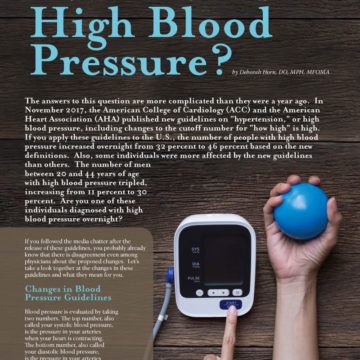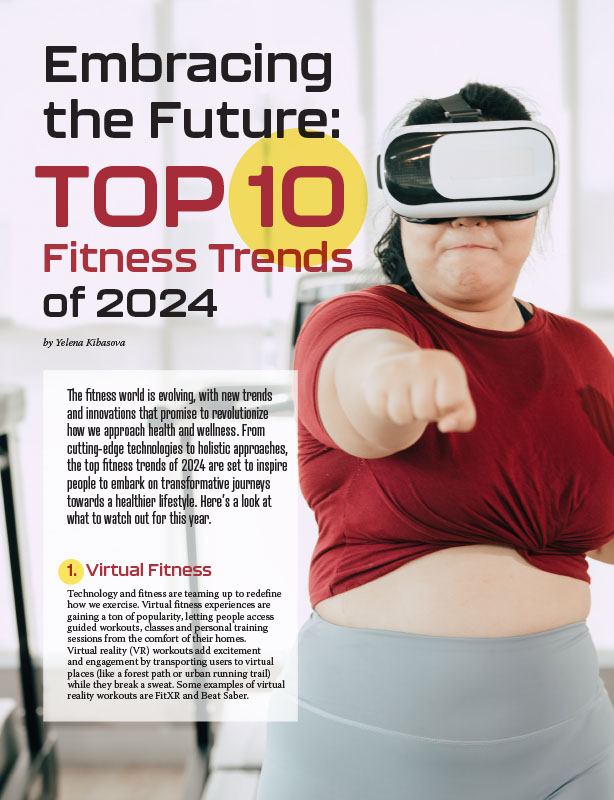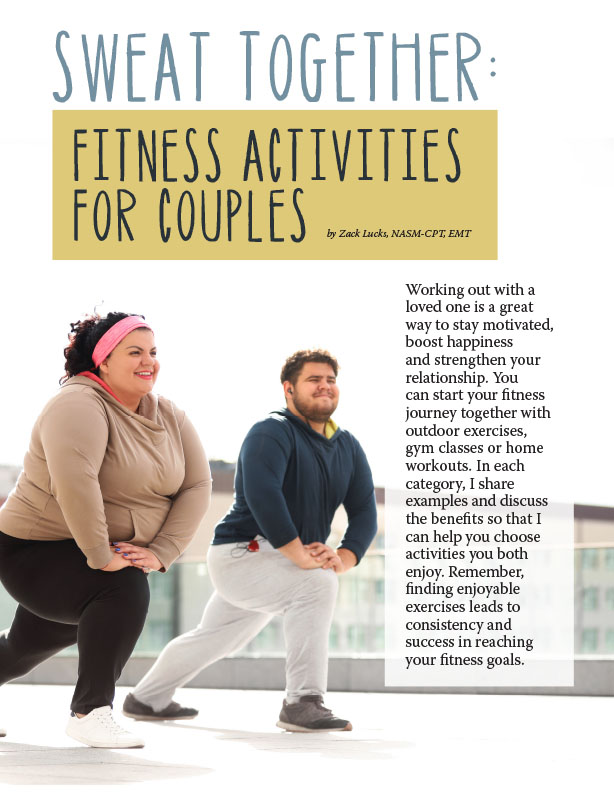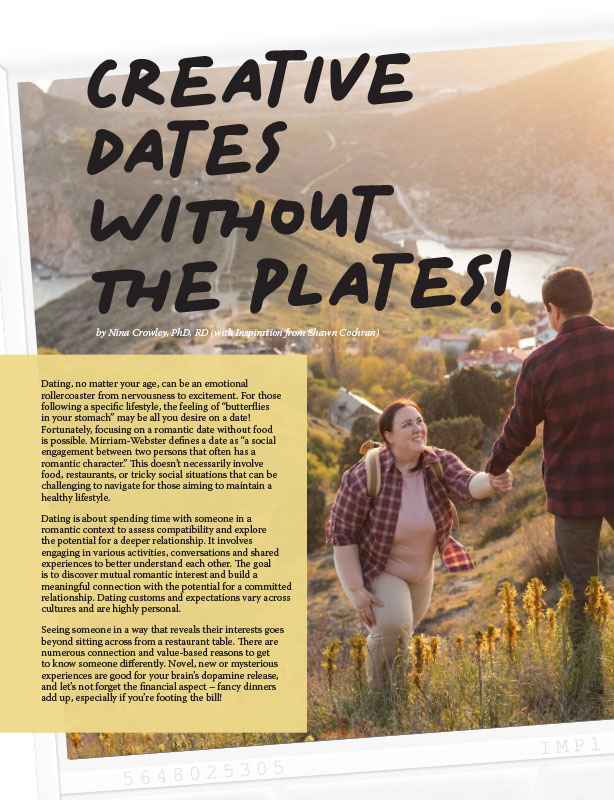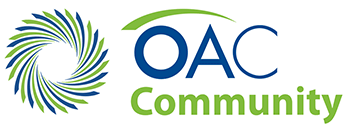A Holistic Approach to Cardio Exercise

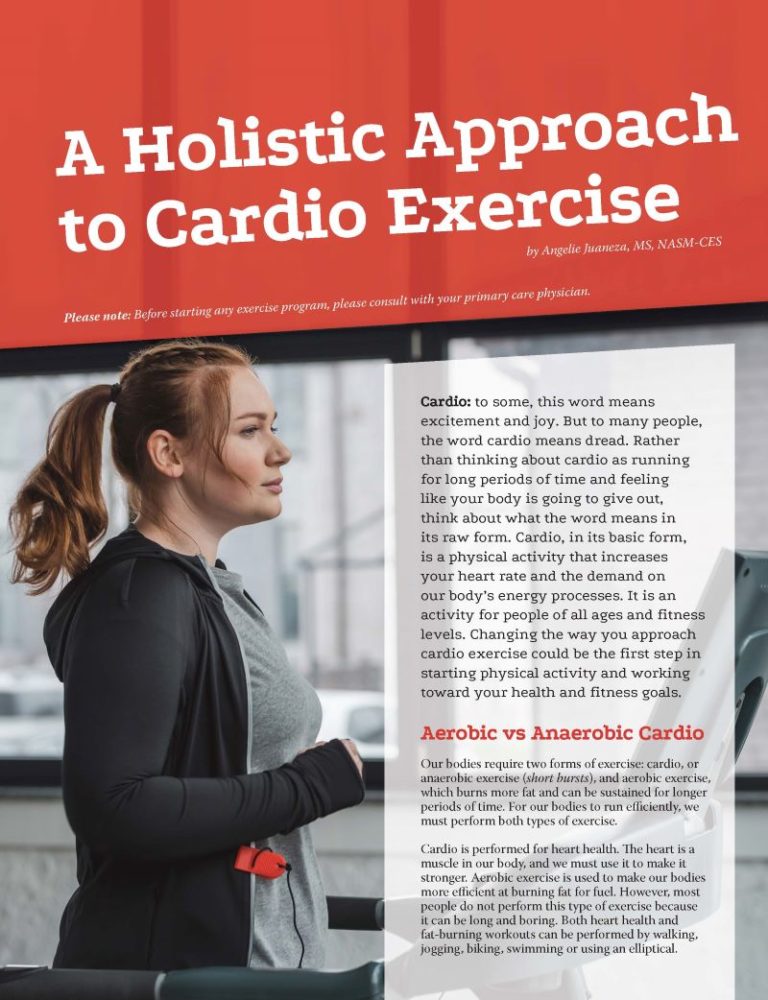
by Angelie Juaneza, MS, NASM-CES
Spring 2018
Please note: Before starting any exercise program, please consult with your primary care physician.
Cardio: to some, this word means excitement and joy. But to many people, the word cardio means dread. Rather than thinking about cardio as running for long periods of time and feeling like your body is going to give out, think about what the word means in its raw form. Cardio, in its basic form, is a physical activity that increases your heart rate and the demand on our bodyís energy processes. It is an activity for people of all ages and fitness levels. Changing the way you approach cardio exercise could be the first step in starting physical activity and working toward your health and fitness goals.
Aerobic vs Anaerobic Cardio
Our bodies require two forms of exercise: cardio, or anaerobic exercise (short bursts), and aerobic exercise, which burns more fat and can be sustained for longer periods of time. For our bodies to run efficiently, we must perform both types of exercise.
Cardio is performed for heart health. The heart is a muscle in our body, and we must use it to make it stronger. Aerobic exercise is used to make our bodies more efficient at burning fat for fuel. However, most people do not perform this type of exercise because it can be long and boring. Both heart health and fat-burning workouts can be performed by walking, jogging, biking, swimming or using an elliptical.
It’s important to do both cardio and aerobic exercise. For example, if you’re doing high intensity training all the time, you may lose weight but you could hit a plateau. This is because you are only working on heart health and not working on making your body more efficient at burning fat for fuel. Therefore, by doing both forms of exercise, you will be working toward a healthier heart and body.
Cardio and Metabolism
There are two main fuel sources our bodies rely on: fat and carbohydrates.
- Fat is a slow-burning fuel source and carbohydrates are a fast-burning fuel source. We naturally have more fat stores in our bodies than carbohydrate stores.
- Carbohydrates only store in two places in our bodies, while fat stores are abundant no matter what your body type is.
So, if we have more fat stores, why not use it for fuel? A way to utilize fat for fuel is to perform physical activity at moderately elevated heart rates for a long duration of time. Most people think cardio must last an hour in order to be effective. However, that is not the case. According to the American College of Sports Medicine, “adults should get at least 150 minutes of moderate-intensity cardiorespiratory exercise per week.”
That sounds like a long time, but when broken down, that is roughly 20 minutes a day. Giving your body a source of stimulus every day will allow it to create gradual changes toward your health and fitness goals. Progression of exercise time, frequency and intensity should happen for best results. Those who are unable to meet these recommended minimums are still able to take advantage of some intentional movement.
Physical & Mental Health Benefits from Cardio (The following lists are not inclusive)
Decrease:
- Body fat percentage
- High blood pressure
- Weight
- Stress levels
- Risk of heart disease
Increase:
- Heart health
- Lung capacity and health
- Quality of sleep
- Mental clarity
- Overall wellbeing
Cardio isn’t Just Running
There are several ways to change the frequency and intensity of cardio. For example, you can begin to implement the incline option on a treadmill. This allows the body to work a little harder due to the amount of force your legs are required to work. Do you take a straight and level path around the neighborhood? Find an area that has a gradual incline or decline. Not ready for the elevation change? See if you can finish your lap in a faster time.
If you have a pair of light weights, bring those with you on your walk to get your arms working as well. If you know your week is going to be busy toward the end and you’re unable to fit in a bout of cardio, choose a day earlier in the week to either double up in time or increase the challenge.
One common grumble from people who are looking for ways to incorporate cardio into their routine is that it gets boring. The easiest way to change that is to mix it up! Do you walk most days of the week and need to give your feet a bit of rest? Go swimming. Are you a swimmer that needs a break from the smell of chlorine? Take a spin class!
Exercising in different methods than your body is accustomed to is commonly called cross-training. The body is still able to perform in an aerobic capacity (if you are keeping track of your heart rate) and your mind can get out of a mental rut. This is great not just for your mind, but also for your joints. Greatly repeated exercise can result in overuse or even injury. Taking the time to do something different will allow those overworked muscles and joints to take a break and recover.
Cardio for Heart Health
Your heart is a muscle. Just like your glutes, biceps and rhomboid muscles need to be worked, so does your heart. How do you work a muscle that is unable to hold a dumbbell? Cardio! More specifically, anaerobic cardio which is performed in short bursts with higher intensity. This type of cardio can be executed as jumping jacks, step-ups and even hops.
Every exercise can be modified. If you are uneasy about applying added pressure to your knees when performing jumping jacks, start with taking steps side to side at a faster pace than usual. Duration of anaerobic exercise should be limited to 15 to 60 seconds at a time, with rest in between, starting at the low end and progressing in duration over the course of your fitness journey.
One of the best things about cardio is that it requires no special piece of equipment. Do not let weather or time stop you. Here are some ways you can do cardio at work or at home:
- Take the stairs instead of the elevator or escalator
- Walk sideways up and down if stairs bother your knees
- Jumping jacks
- Step-ups
- Chase your kids around the house
- See how fast you can clean the house
As important as training is for physical health, it is also important to check on your mental and emotional health too. Cardio has limitless benefits for physical, mental/emotional and social health.
Conclusion
Cardio is an important factor in getting and staying healthy. It does not have to always be walking outside or on the treadmill, spending hours on a bike or exhausting yourself until your joints ache. Depending on your goals, cardio can benefit your body in so many ways.
If your goals are to utilize fat for fuel, performing aerobic cardio for at least 20 minutes a day is a good first step. If you want to decrease high blood pressure, exercising anaerobically can help with heart health. Do not let yourself get into a rut doing cardio. Mix up your routine and you may find something you like doing! The benefits of cardio far outweigh the risks of inactivity. All it takes is putting one foot in front of another.
About the Author:
Angelie Juaneza, MS, NASM-CES, earned her Masters of Science in Exercise Physiology from the University of Mary Hardin-Baylor in Texas. She is an Exercise Physiologist and Health Fitness Professional with a Corrective Exercise Specialist certification. Angelie specializes in functional training for the general population, athletes, those handling diseases or any other physical limitations. She has a background in exercise testing and supplement research studies which has fueled her passion for educating others through their health and fitness journey.
by Yelena Kibasova Spring 2024 The fitness world is evolving, with new trends and innovations that promise…
Read Articleby Zack Lucks, NASM-CPT, EMT Winter 2024 Working out with a loved one is a great way…
Read Articleby Nina Crowley, PhD, RD (with Inspiration from Shawn Cochran) Winter 2024 Dating, no matter your age,…
Read Article





